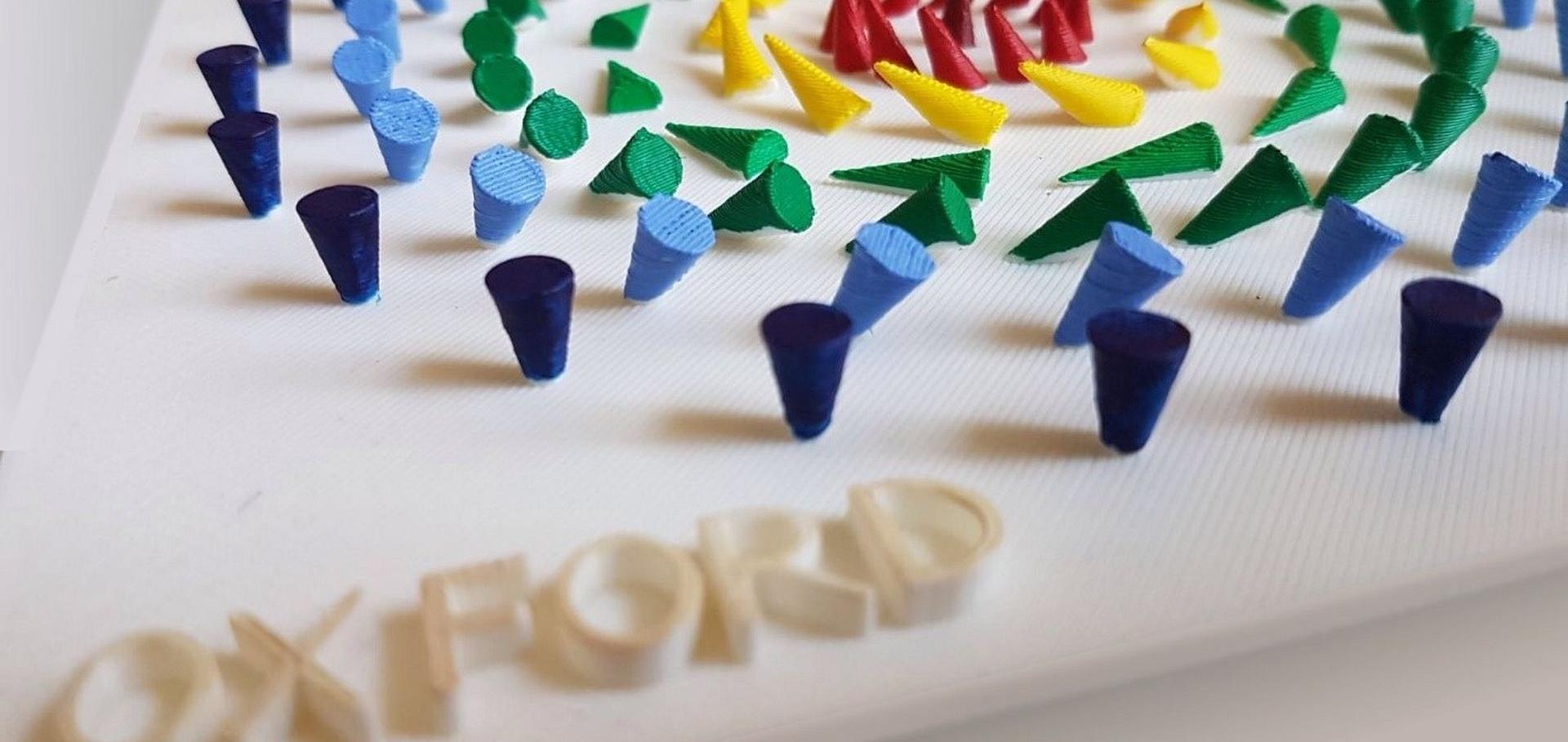Investigation of crossed SAW fields by scanning acoustic force microscopy.
IEEE Trans Ultrason Ferroelectr Freq Control 48:4 (2001) 1132-1138
Abstract:
We used multimode scanning acoustic force microscopy (SAFM) for studying noncollinearly propagating Rayleigh and Love wave fields. By analyzing torsion and bending movement of SAFM cantilever, normal and in-plane wave oscillation components are accessible. The SAFM principle is the down-conversion of surface oscillations into cantilever vibrations caused by the nonlinearity of the tip-sample interaction. Through mixing of complementary oscillation components, phase velocities of crossed Rayleigh waves on GaAs and crossed Rayleigh and Love waves on the layered system SiO2/ST-cut quartz were obtained simultaneously. Now, it is possible to investigate elastic properties of submicron areas through multimode SAFM measurements. Finally, we present mixing experiments of four SAWs on GaAs and discuss the various influences on the measured SAFM amplitude and phase contrast.Influence of surface acoustic waves on lateral forces in scanning force microscopies
Journal of Applied Physics 89:9 (2001) 4850-4856
Abstract:
We present a detailed study of the influence of ultrasonic surface acoustic waves (SAWs) on point-contact friction. Lateral force microscopy (LFM) and multimode scanning acoustic force microscopy (SAFM) were used to measure and to distinguish between the influence of in-plane and vertical surface oscillation components on the cantilever's torsion and bending. The experiments show that friction can locally be suppressed by Rayleigh-type SAWs. Through the mapping of crossed standing wave fields, the wave amplitude dependence of the friction is visualized within microscopic areas without changing other experimental conditions. Above a certain wave amplitude threshold, friction vanishes completely. We found that the friction reduction effect is caused by the vertical oscillation components of the SAW. Purely in-plane polarized Love waves do not give rise to a significant friction reduction effect. Thus, we conclude that the mechanical diode effect, i.e., the effective shift of the cantilever off of the oscillating surface, is responsible for the SAW-induced lubrication. This explanation is supported by vertical and lateral SAFM measurements: in areas with completely vanishing friction, low frequency vertical cantilever oscillations are still observable, whereas lateral (torsional) cantilever oscillations are no longer excited. Additionally, at very high Rayleigh wave amplitudes an effect of lateral force rectification was observed. It results in a scan direction-independent appearance of the LFM traces. © 2001 American Institute of Physics.AFM observation of surface acoustic waves emitted from single symmetric SAW transducers.
IEEE Trans Ultrason Ferroelectr Freq Control 48:3 (2001) 641-642
Abstract:
We report the first experimental observation of surface acoustic waves (SAWs) launched from a single symmetric SAW transducer, employing scanning acoustic force microscopy (SAFM). SAFM is a simple technique for the imaging of complex interdigital transducer (IDT) radiation patterns with nanometer lateral resolution. We demonstrate submicron lateral resolution and high sensitivity by investigating a single excitation element on a weakly coupling substrate (GaAs), visualizing the launched wave and second-order effects.Study of elementary surface acoustic wave phenomena
Europhysics Letters 54:2 (2001) 154-160
Abstract:
Many attempts have been made in acoustic microscopy to both achieve nanometer lateral resolution and sub-A wave amplitude detection. Employing a scanning acoustic force microscopy technique, acoustic wave properties of arbitrarily polarized modes can be measured with sub-wavelength resolution and high sensitivity. Surface acoustic wave fields of elementary model systems like a single scatterer and a single wave source are analysed in detail. We are able to observe radiation patterns, revealing the influence of the anisotropy of the GaAs substrate and the angular distribution of the piezoelectric coupling coefficient.High-resolution imaging of surface acoustic wave scattering
Applied Physics Letters 78:13 (2001) 1948-1950


